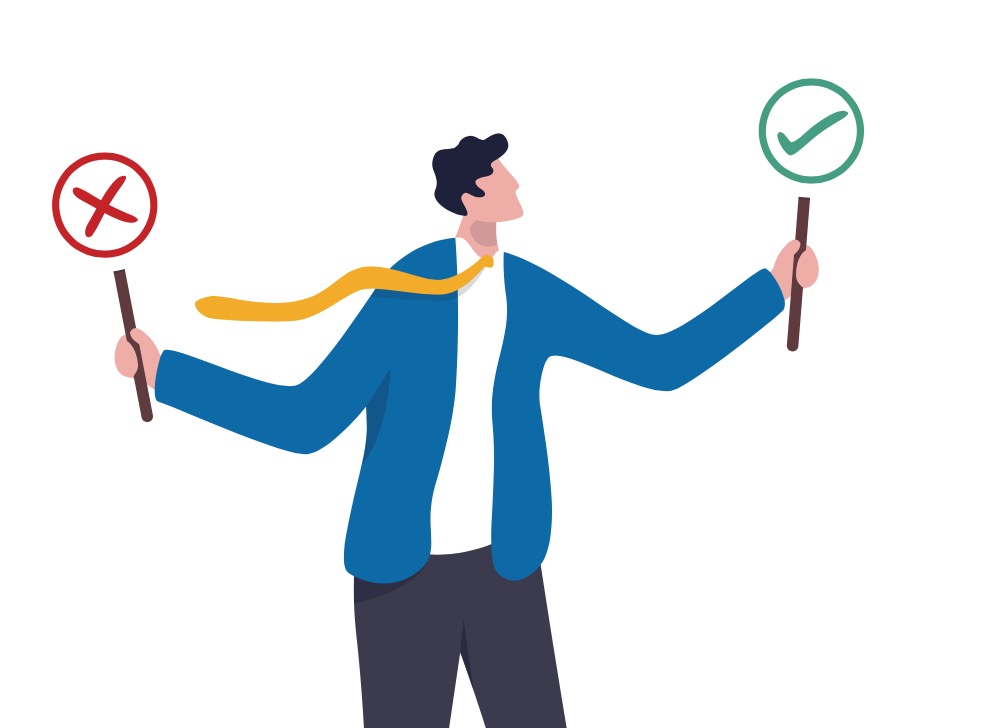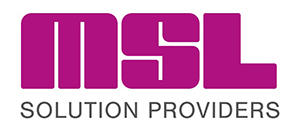Cleaning and hygiene have always been imperative to prevent the potential survival and spread of microorganisms. In many cleanrooms and sterile environments, whole room disinfection has been the best process to achieve this, since it enables difficult to reach places to be thoroughly disinfected.
Two of the most popular techniques of decontaminating cleanrooms are ultraviolet light systems and automated chemical misting (airborne automated disinfection systems), which use chemicals ranging from Hydrogen Peroxide to Formaldehyde and Peracetic Acid or remote ultraviolet light units.
These methods of cleaning are less time consuming and less likely to encounter human error in the cleaning process than manual cleaning by operatives. Fogging has great benefits to its use and with new technologies joining the market every year, it is becoming increasingly more cost effective to implement.
Two of the most popular techniques of decontaminating cleanrooms are ultraviolet light systems and automated chemical misting
However, how can businesses be sure that the system and chemical being employed is suitable for use and effective against the organisms that pose its facility the greatest risk? There have been changes to regulations concerning both of these decontamination systems recently to address this. Any facility employing the use of one of these systems should ensure that they are aware of the changes now in effect and whether their system is fit for use under the new guidance.
BS EN 17272:2020: for automated fogging devices
As of October 2020, regulators have changed from requiring efficacy data using the French standard NFT 72-281 to a new European standard BS EN 17272:2020. This standard is now the required method for all automated airborne chemical disinfection systems for both small and large enclosures in the EU and UK.
Whilst NFT 72-281 focused on the bacterial activity of a system and only demonstrated the surface effect of the chemical, the new method (BS EN 17272:2020) consists of two parts. The first part focuses on efficacy, ensuring that the minimum microorganism reduction requirements are met for each claimed activity and for the targeted application area.
It also details the testing and requirements to show its effect on a broader spectrum of organisms including bacteria, yeast, mould, spores, and viruses.
As of October 2020, regulators have changed from requiring efficacy data using the French standard NFT 72-281 to a new European standard BS EN 17272:2020
Part two examines distribution: the product must demonstrate that it has been effectively distributed within a space. This means that automated airborne disinfection systems must be able to disperse the product to all four corners of the test chamber, whilst still demonstrating a significant level of efficacy against organisms shadowed from the source of the fogged disinfectant.
Whilst it is expected that fogging devices should be effective, this new requirement has added a significant level of difficulty to the test, compared to the previous methods - where the product directly faces the challenge organism in a straight line, no more than two metres away from the fogging source.
Effective distribution has never been subject to scrutiny in these test methods before. Its addition is sure to have a big impact, effectively removing many pieces of equipment from the market if they do not suitably distribute the product to maintain a claim.
Whilst this will be a marked disadvantage for some systems and manufacturers, it adds a level of confidence that the previous testing had overlooked. When sanitising a cleanroom space or other sterile work area containing equipment or furniture, being able to show that a product can effectively produce results on surfaces shadowed or obscured from the fogging device is key to ensuring facilities are suitably reducing the risk of contamination.
Beyond the new requirement for distribution, the testing offers claim flexibility that allows machine and product combinations to prove suitable effectiveness for a range of areas of use, for example, broken down bacterial claim requirements for the medical area, veterinary area and for domestic/industrial uses, as well claims for specific issues a facility may have. These all require log reductions, offering peace of mind that the system is suitably effective at sanitising against specific challenges, such as spores, mould and viruses, which can pose a significant risk to any sterile environment manufacturing site.
Since it was released in the height of the pandemic and due to the ongoing pressures that all companies have faced, this standard is still not widely used even though it is now a required test method. Many companies are still using old data from the NFT 72-281 method, which is no longer suitable. Both manufacturers and users should be aware of the test requirements of BS EN 17272:2020 and how it can significantly change their products usage for both small enclosures, like biological cabinets, up to full room disinfection.
BS 8628: 2021: Ultraviolet light systems
BS 8628:2021 was published as a draft British standard last year and is now the required testing for ultraviolet light systems. It gives clear guidance on how emitters can be tested against all organisms of concern within a facility.
Previously, remote UV systems had no formal guidance on their effectiveness. The assumption of efficacy had been based on available research papers and in house test methods of multiple testing labs or research facilities. This means that each different machine may have been tested in completely different ways - if it has undergone testing at all.
Whilst UVC light is certainly harmful to microorganisms, there are many issues with assuming the effectiveness of an emitter based on publications rather than testing. These can include ensuring the emitter is at a suitable distance to remain effective, whether the emitter has same effect low to the floor as it does directly in front of it, whether the light sources are of a suitable power, and how to prove if a device is effective against the organisms of interest to a specific facility.
BS 8628:2022 was published in April 2022 and has become the industry standard for UV disinfection products. Largely based on the existing airborne disinfection standard EN 17272:2020, with some minor variations for UV devices, this new method standardises a distance for the emitter from a test surface, allowing for an assessment of power vs contact time for the UV unit.
It allows for the same claims as fogging or misting devices tested under BS EN 17272:2020, against bacteria, yeast, mould, spores, mycobactum and viruses. Unlike fogging devices, however, light sources have no requirements for the distribution of the product. Instead, the method evaluates the time taken to reliably cause a significant log reduction at a set distance from the test surface.
The test surfaces are perpendicular to the light source to imitate some level of appropriate shadowing for flat surfaces in a facility. Standardising distances and organisms for testing allows for a clear evaluation of equipment and gives quantifiable results of effect. In contrast to the previous requirements of UV emitters, customers can easily compare systems' required exposure times and ensure that the testing meets the internal requirements of any facility where these types of products are to be employed.

The initial testing of devices has shown that the assumptions for light exposure measurements, on which claims had been based, is not sufficient to base usage instruction. Where devices use light detectors and claim that a value of light detected is enough to kill or render any organism inactive is no longer necessarily true.
This is due to multiple factors that can affect the efficacy of the light. For example, introducing interfering substances to represent surface soiling, surfaces not directly facing the emitter, and the requirement of a standard distance mean that these old conceptions of how much light is required to sanitise a surface effectively no longer apply.
The new method now ensures that these products are tested in a way that better relates to the true use of a machine. As more machines undergo this testing, there may be further design and usage changes.
Whilst these new methods have harmonised a market, which was previously only loosely covered by regulation, and added confidence for end users, there remain gaps in the products covered - some machines still have no test methods aimed at their use specifically.
For instance, there is not a method to standardise the efficacy of products that aim to sanitise the air in a facility, and neither of the published methods are specifically designed for use with products like Ozone or Ionised air.
These types of products may be effective in principle but such gaps in regulation and testing mean that there is still a requirement for in-house or bespoke testing. However, these new standards give a solid foundation, on which to base future methods. They lay out clear criteria for the disinfection of surfaces that products can be held account to.
Operating in the cleanroom space means businesses must be aware of what is required for a continued contamination-free space. At MSL, we are committed to helping our clients stay compliant and are at the forefront of industry changes. In fact, we worked closely with the CH/216 committee at The British Standards Institution to develop BS 8628:2022 and are ready to test the efficacy of UV disinfection devices to this standard, as well as automated fogging systems to EN 17272.

